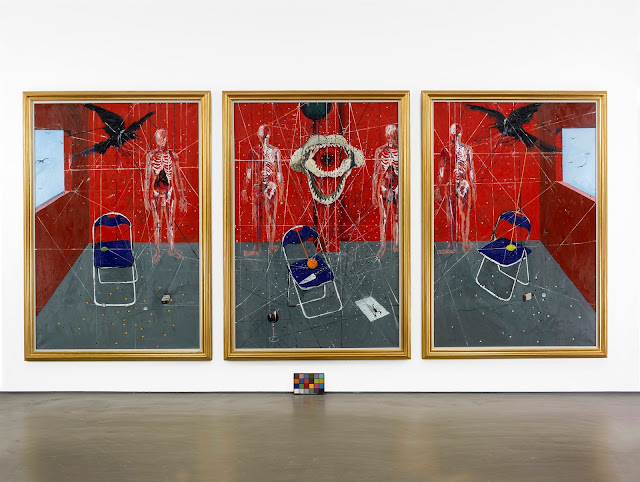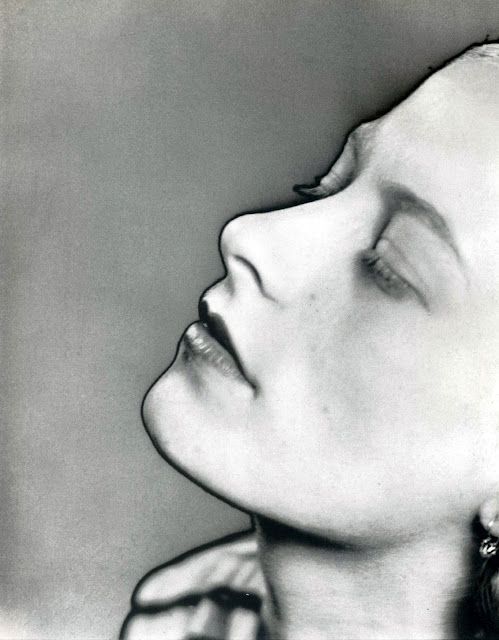American artist. She is a painter, who mainly draws women and children in oil or mixed media. Her works are recognizable from the doe-eyed children that are depicted in the drawings. Wikipedia
Margaret D. H. Keane was born 1927 in Tennessee, and attributes her deep respect for the Bible and inspirations of her artwork to the relationship with her grandmother. She later became one of Jehovah's Witnesses, which she said changed her life for the better.
In the 1960s, Margaret Keane's artwork was sold under the name of her husband, Walter Keane.
Walter Keane claimed credit for her work. Conflict over that issue was
cited as one of the reasons they divorced. Walter and Margaret's divorce
proceedings went all the way to federal court. At the hearing, Margaret
challenged Walter to a 'paint-off' and created a painting in front of
the judge to prove that she was the artist.
Walter declined to paint before the court, citing a sore shoulder. In
1986, the courts sided with her, enabling her to paint under her own
name.
Her works while living in her husband's shadow tended to depict sad children in a dark setting, but after divorcing, moving to Hawaii,
and becoming one of Jehovah's Witnesses, her paintings took on a
happier, brighter style. Her website now advertises her work as having
"tears of joy" or "tears of happiness".
Keane is a fixture in popular culture. Some of her well-known fans over the years have included actresses Joan Crawford and Natalie Wood, whose portraits she painted; filmmaker Tim Burton, who commissioned Keane to paint Lisa Marie; and animator Craig McCracken, whose characters the Powerpuff Girls are based on Keane's 'waifs'; additionally the Girls' schoolteacher is named "Ms. Keane".

Currently Margaret makes her home in Napa County, California. She will be portrayed by Amy Adams in the upcoming Tim Burton film Big Eyes.
Wikipedia
Originally
recognized by their wistful and sad-eyed children, Margaret Keane's
works now feature happy children, animals, or both, all with her signature
large-eyes, in delightful places and situations. "The eyes I draw
on my children are an expression of my own deepest feelings. Eyes are
windows of the soul," explains Margaret.
































































